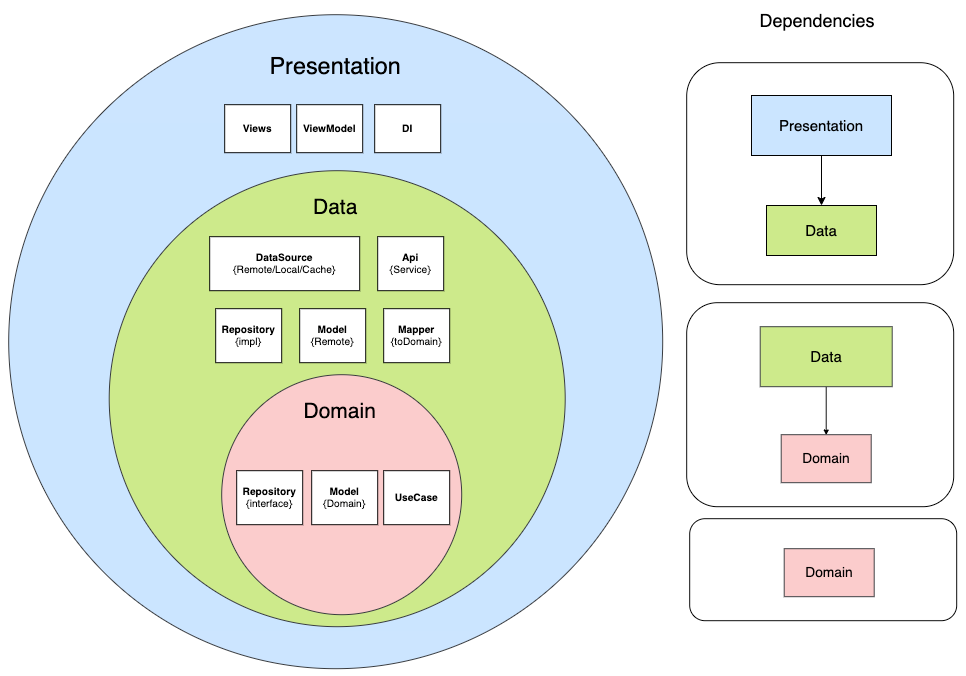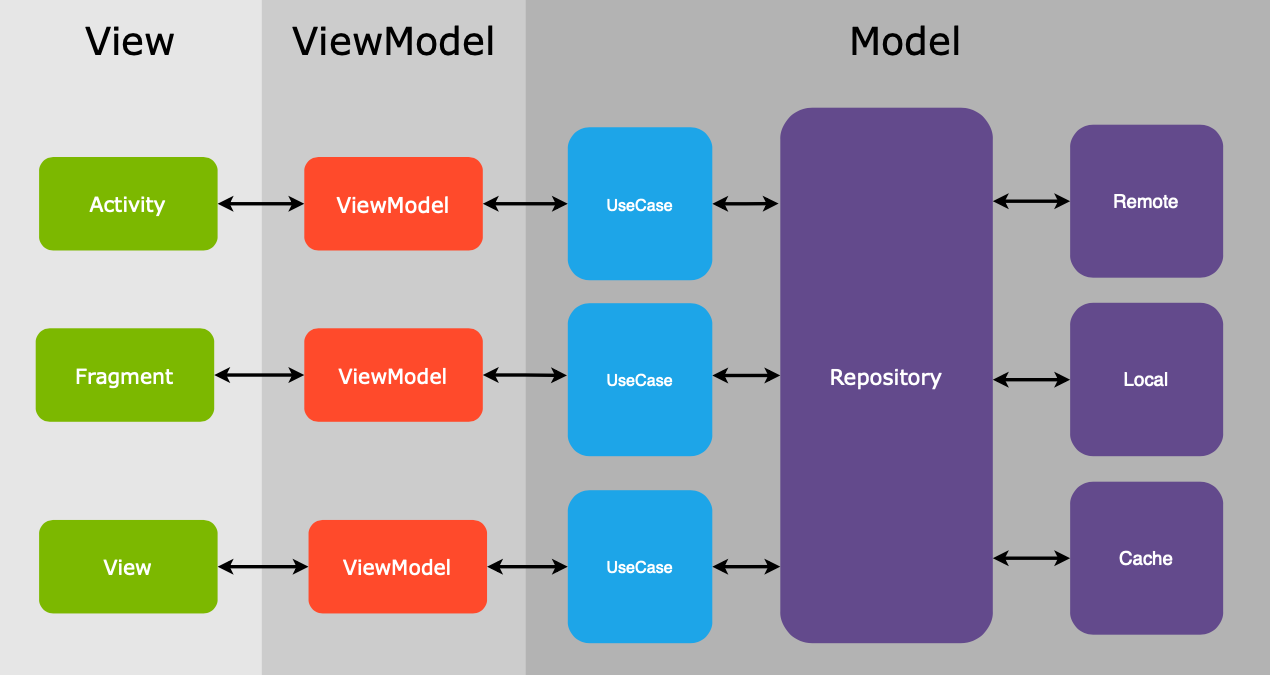An Android movie app that simulates a real-world project environment, featuring Clean Architecture, Kotlin, and Jetpack Compose with Offline-first support.
In addition, the project:
- Is continually updated to stay aligned with the latest technologies.
- Is fully unit-tested.
- Uses Detekt to ensure code quality.
- Leverages Kover to generate comprehensive unit test reports.
- Offline-first: The app can be accessed even without an internet connection.
- Pagination: Efficiently loads large amounts of data to improve the user experience.
- Search functionality: Allows users to quickly find specific information within the app.
- Connectivity Status: Shows a banner to inform users of their connectivity status.
- Auto Sync: Uses both NetworkConnectivityStream and WorkManager to ensure data is always up-to-date.
- Favorites: Users can add movies to a favorites list.
- Pull to Refresh: Allows users to refresh the content by pulling down on the screen.
The app is unit-tested and uses Kover to generate detailed coverage reports.
To generate the coverage report, run:
./gradlew koverTask
This command covers all modules and both main and test sources. You can add this command to your CI pipelines to automatically generate coverage reports with each build. Kover also works well with products like CodeCov for continuous coverage monitoring.
For more details, refer to the Official Kover documentation and the CodeCov documentation.
-
To explore the app's earlier XML-based UI, check out the xml_based_app branch.
-
For a basic version of the app without pagination, check out the xml_based_basic_app branch.
The project has two variants: production and mock.
-
Mock Variant: Fetches generated mock data.
-
Production Variant: Calls the production API.
Each variant has a distinct MovieRemoteDataSource implementation, ensuring that in the mock variant, data is generated, while in the production variant, the actual API is called.
This repository was created with the intention of sharing knowledge and using it to implement new challenges and ideas.
API: Movies Mock Server
This API is the primary data source for the app, providing a mock database of movie information. It is designed to mimic real-world data operations including fetching, updating, and managing movie data.
API Repository: Movies Mock Server Repository
This repository hosts the source code and documentation for the Movies Mock Server API
Architecture by its nature is dynamic and ever-evolving, there are always several solutions to every problem, and what works best will depend on the specific requirements and constraints of your project.
| Light | Dark |
|---|---|
 |
 |
The core principles of the clean approach can be summarized as followed:
These layers define the separation of concerns inside the code base.
Each layer can only interact with the layers below it.
The bottom layers dictate policies and rules, and the upper layers dictate implementation details such as the database, networking manager, and UI.
The application consists of three layers:
The domain layer, the data layer, and the presentation layer.
Looking at project’s high-level structure, you’ll see that each layer is represented by a module in the project.
I like it because it helps me avoid accidentals “leaks” between the layers.
-
Kotlin - First class and official programming language for Android development.
-
Coroutines - For asynchronous and more..
-
Flow - A cold asynchronous data stream that sequentially emits values and completes normally or with an exception.
-
StateFlow - A live data replacement.
-
Jetpack Compose - Modern toolkit for building native UIs.
-
Android Architecture Components - Collection of libraries that help you design robust, testable, and maintainable apps.
- Paging3 - Load and display small chunks of data at a time.
- ViewModel - Stores UI-related data that isn't destroyed on UI changes.
- SavedStateHandle - A handle to saved state passed down to androidx.lifecycle.ViewModel.
- Navigation Components - Navigate fragments easier.
- Room - Persistence library provides an abstraction layer over SQLite to allow for more robust database access while harnessing the full power of SQLite.
- WorkManager - Schedule deferrable, asynchronous tasks
-
- Hilt - Easier way to incorporate Dagger DI into Android application.
-
Retrofit - A type-safe HTTP client for Android and Java.
-
Mockito - For Mocking and Unit Testing
The code style in this project was ensured using Detekt.
Check command:
./gradlew detektTask
Copyright (C) 2020 Ali Asadi
Licensed under the Apache License, Version 2.0 (the "License");
you may not use this file except in compliance with the License.
You may obtain a copy of the License at
http://www.apache.org/licenses/LICENSE-2.0
Unless required by applicable law or agreed to in writing, software
distributed under the License is distributed on an "AS IS" BASIS,
WITHOUT WARRANTIES OR CONDITIONS OF ANY KIND, either express or implied.
See the License for the specific language governing permissions and
limitations under the License.
Just make pull request. You are in!







